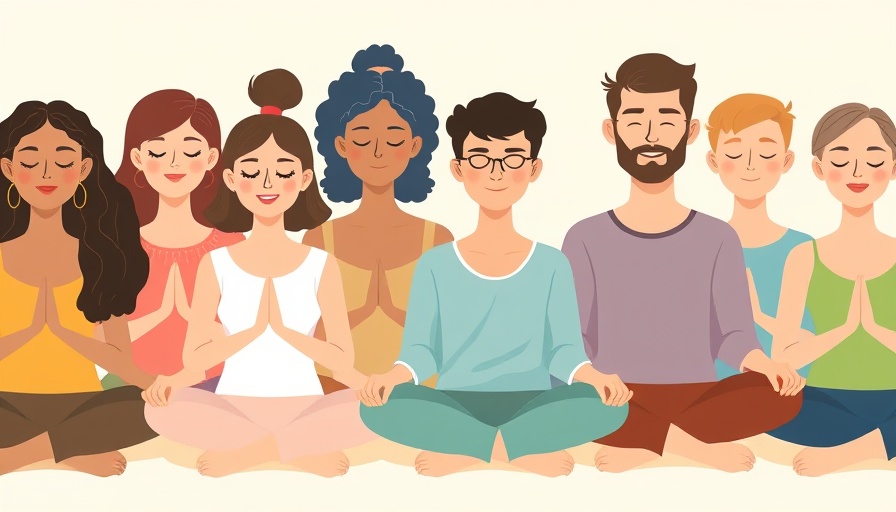
Understanding Mindfulness: The Art of Being Present
In our fast-paced modern world, where distractions abound and our minds flit between tasks like a busy bee, the concept of mindfulness emerges as a beacon of hope. Imagine being able to hit a pause button on your racing thoughts and simply exist in the moment. This is not just a fantasy but a profound human ability that many are beginning to recognize and practice.
What Exactly Is Mindfulness?
Mindfulness can simply be defined as the ability to be fully present and aware of what is happening in and around us. It encourages us to experience our thoughts and feelings without the need to react to them immediately. Instead of letting our minds wander to past regrets or future anxieties, mindfulness guides us back to the here and now.
The Many Forms of Mindfulness Practice
The beauty of mindfulness is that it doesn’t require sitting cross-legged on a mountain top. You can practice mindfulness in various ways:
- Seated Meditation: Find a comfortable seat, keep your back straight, and focus on your breath. It’s as easy as that!
- Walking Meditations: Transition your mindfulness practice into movement. Pay attention to each footstep and the sensations in your body as you walk.
- Merging with Activities: Incorporate mindfulness into everyday activities like yoga, exercising, or even cooking. Engage fully with your senses—notice the texture of the ingredients, the sounds around you, and the smells wafting in the air.
Why Practice Mindfulness?
It’s no secret that there are substantial benefits to practicing mindfulness. Not only does it help in reducing stress and anxiety, but it also enhances focus and emotional resilience. Regularly stepping back to observe your thoughts can lead to greater self-insight and improved empathy toward others. You’ll find yourself reacting less and understanding more, paving a pathway for healthier interactions and decisions.
Here’s How to Get Started!
Starting your mindfulness journey can be as simple as recognizing the importance of pausing. Here are a few practical tips to help you:
- Create a Quiet Space: Dedicate a small corner of your home as a mindfulness area—an inviting space free from distractions.
- Set Aside a Few Minutes Daily: Begin with just five minutes each day. Over time, gradually increase the duration.
- Focus on Your Breathing: When your mind begins to wander, gently bring your focus back to your breath and the sensations in your body.
Mindfulness in Everyday Life
The good news is that mindfulness isn’t just confined to meditation; it can also be practiced throughout your day. Take a moment to pause before responding to an email or during a conversation. When washing dishes, try feeling the warm water and soap. Such small mindful moments can lead to profound changes in your overall well-being.
Debunking Common Myths About Mindfulness
One prevalent misconception is that mindfulness requires an empty mind. In reality, mindfulness is about acknowledging your “monkey mind” and choosing to observe rather than react. It isn’t about achieving perfection or escaping reality; it is about embracing life as it is, with all its chaos and unpredictability.
Conclusion: The Gift of Mindfulness
By embracing mindfulness, we can reconnect with ourselves and find joy in even the simplest moments. It offers valuable insights into our hectic lives, providing tools that can lead to personal growth and a deeper understanding of ourselves and those around us. So what are you waiting for? Start your mindfulness journey today, and discover the peace and clarity that awaits.
 Add Row
Add Row  Add
Add 




Write A Comment